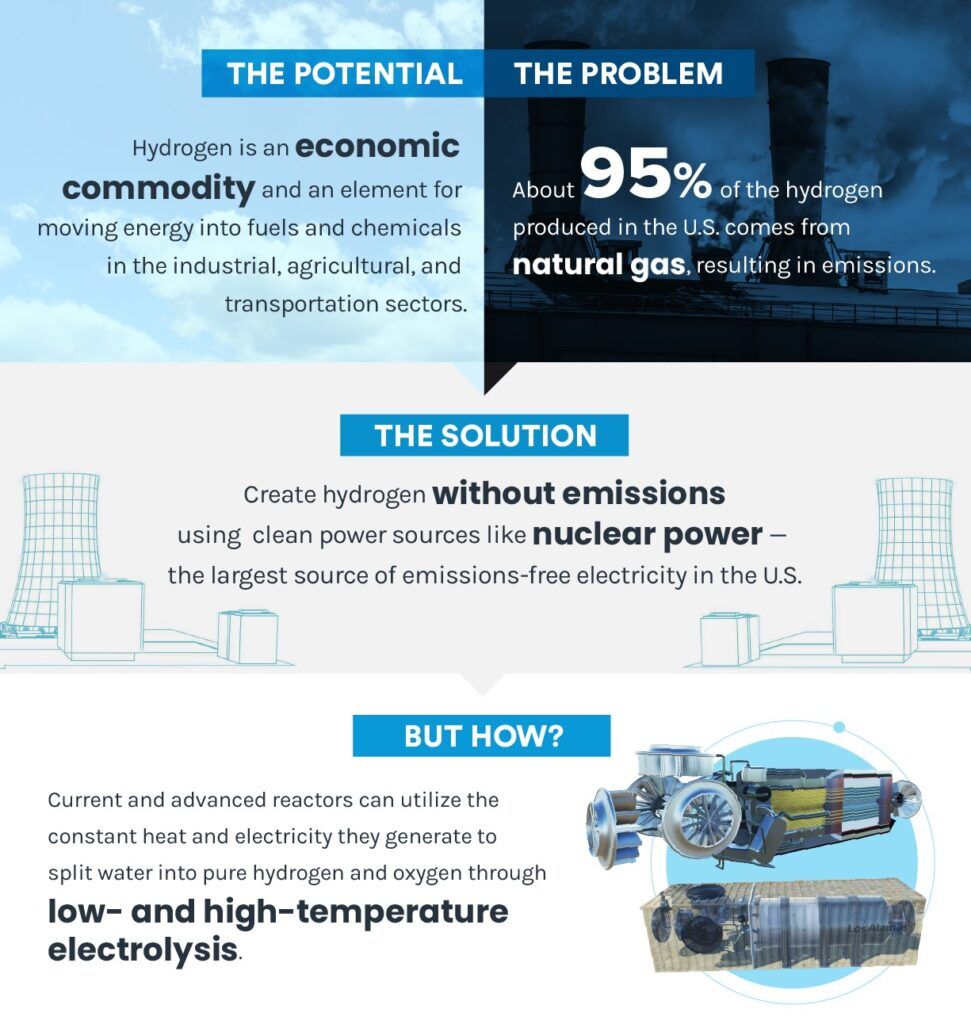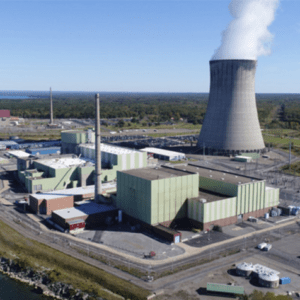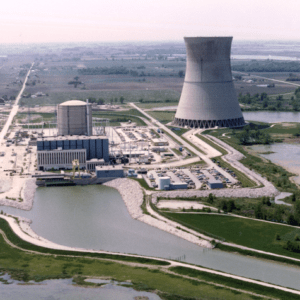
Nuclear Hydrogen Demonstrations
Hydrogen has the potential to play a significant role in the nation’s transition to 100% clean energy. It can be used across multiple sectors to store and deliver usable energy to power the grid, drive industrial processes, or create energy-dense fuels needed for long-haul trucks and airplanes.
Unfortunately, around 95% of the hydrogen currently produced in the U.S. comes from natural gas, resulting in unwanted emissions. But, the U.S. Department of Energy (DOE) is investing billions to help lower the cost and scale up the production of clean hydrogen by leveraging the nation’s energy assets, including existing nuclear power plants.

Nuclear & Hydrogren
Currently, industrial-grade hydrogen is produced by stripping it from natural gas molecules, emitting carbon monoxide in the process. Hydrogen made by splitting water at a nuclear power plant will lower the carbon footprint of industrial products and the transportation sector.
There are several collaborative private-public partnerships that will use a low-temperature electrolysis system to produce clean hydrogen fuel from electricity generated from nuclear power plants. This approach cuts carbon emissions from two sources: traditional hydrogen production and burning natural gas for electricity.
These projects were initiated via partnerships between the national laboratories and current nuclear plant owners and operators, first conducting technical and economic analyses to assess the potential benefits of using excess energy from these plants to produce hydrogen to support regional demands. These studies have led to demonstration projects that have been awarded via cost-shared private-public partnerships.
DOE estimates that a single 1,000-megawatt reactor could produce up to 150,000 tons of hydrogen each year. This could be sold regionally as a commodity for fertilizers, oil refining, steel production, material handling equipment, fuel cell vehicles, or even carbon-neutral synthetic fuels.
Nuclear-Powered Hydrogen Demonstration Projects
DOE’s Office of Energy Efficiency & Renewable Energy (EERE) and the Office of Nuclear Energy (NE) have already started teaming up with utilities to support four hydrogen demonstration projects at nuclear power plants. They include:
Nine Mile Point Nuclear Power Station
(Oswego, New York)
DOE is supporting the construction and installation of a low-temperature electrolysis system at Constellation’s Nine Mile Point Nuclear Power Plant. The project will be the first nuclear-powered clean hydrogen production facility in the U.S. and will use the hydrogen to help cool the plant.
Constellation plans to begin producing hydrogen before the end of 2023.
Davis–Besse Nuclear Power Station
(Oak Harbor, OHio)
Energy Harbor is working to demonstrate a low-temperature electrolysis system at the Davis–Besse Nuclear Power Station. The goal of the project is to prove the technical feasibility and economic benefits of clean hydrogen production, which could facilitate future opportunities for large-scale commercialization.
The single-unit reactor is expected to produce clean hydrogen by 2023. Potential uses could be sold for local manufacturing and transportation services, including fuel for a local bus fleet.


